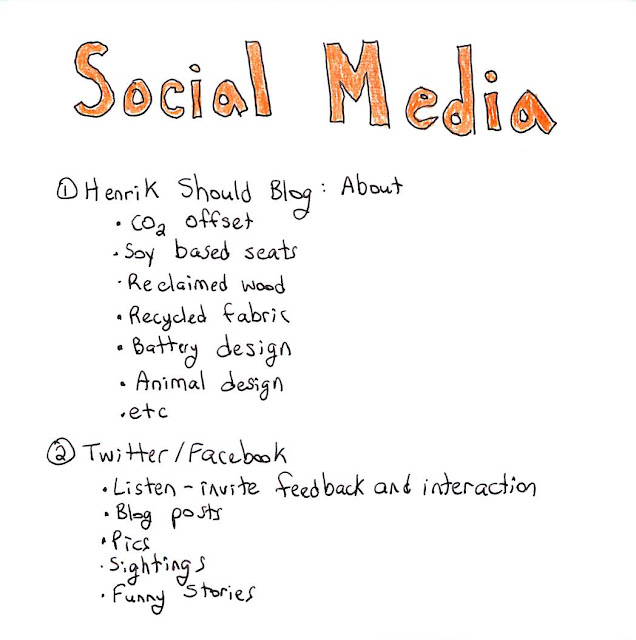This article is definitely in part thanks to my speech coach, Kristen Curran of the Speech Improvement Company who I've been working with for years. She has been one of the most helpful people in my career over the years.
One of the main principles of conversation that she reminds me of frequently, is the human in, human out, conversation style. When we want to connect with people, especially in a professional manner, we want to start the conversation on the human level, talk a little about business, and end it on the human level.
Generally this means that we start talking about non-business things, like "How are the kids?" or "What are you doing for the holidays?" After that, then, we can segway into business stuff, "Hey, what do you think about that proposal I sent you?" When that's done, we can end with "Thank you. Make sure you enjoy some chocolate for me while you travel in Switzerland!"
For example, I am starting a new business selling coffee machines, so I asked her "when I talk to people I am confused how to talk about my business. I don't want to bore them with what I am doing, but simultaneously, they might be interested. I also don't want to be pushy."
Her tip was basically that I should keep the conversation human, and interject only a little business. In part this depends upon the context of course. At my home I might give people a cup of coffee; however, if was talking to a parent at my childrens' school and they ask the perennial questions "So what do you do?" I can reply in some manner like "I'm a retired entrepreneur. I am starting a new business around coffee. I am a huge coffee fanatic. I traveled all over the world and I fell in love with the coffee of Switzerland, made by this special machine called a Jura. I loved it so much I decided to start a business around it. Do you like coffee?"
The conversation is initially human, I interject a little business, but in a human way. Then I can close it with something like "Do you like coffee?" to try to keep it human and give the person an exit strategy to talk about themselves. I avoid pushing the business. If they want to know more of course I can oblige.
The deeper the relationship, the more time we can stay in the business realm.
I've found these rules particularly useful in the world of social media as well. I have been lurking for a while and watching who seems to be more successful and who isn't. Clearly fame and entertainment is a major factor--look at Ashton Kutcher--however, when I look at the people who have built a following, I notice a major trend. They keep it human.
I see so many people venture into social media, and they use it as the next spamming tool. I find these people annoying and I imagine I am not alone in my sentiment. I am surprised by some people who are actually pretty savvy in the tech or designs worlds who seem to miss this too.
In the case of Twitter, we are communicating with the general public, and as a result, we want to keep the conversation more human, and only interject business on occasion. If you want to see examples of this, look at some of the people whom I've grown to admire such as Laura Kalbag @laurakalbag, Mike Rohde @rohdesign, and Jessica Hische @jessicahische.
For more reading, I recommend Laura Kalbag's article at http://laurakalbag.com/open-for-business/.


















































